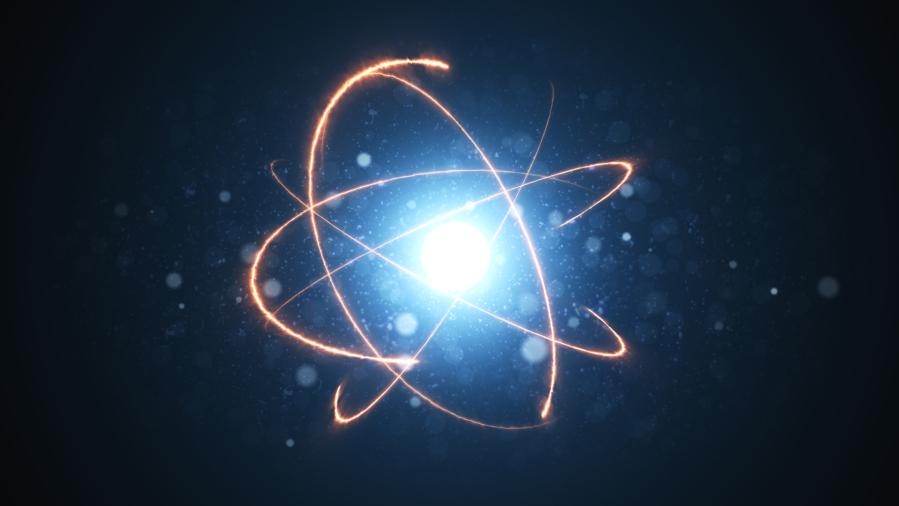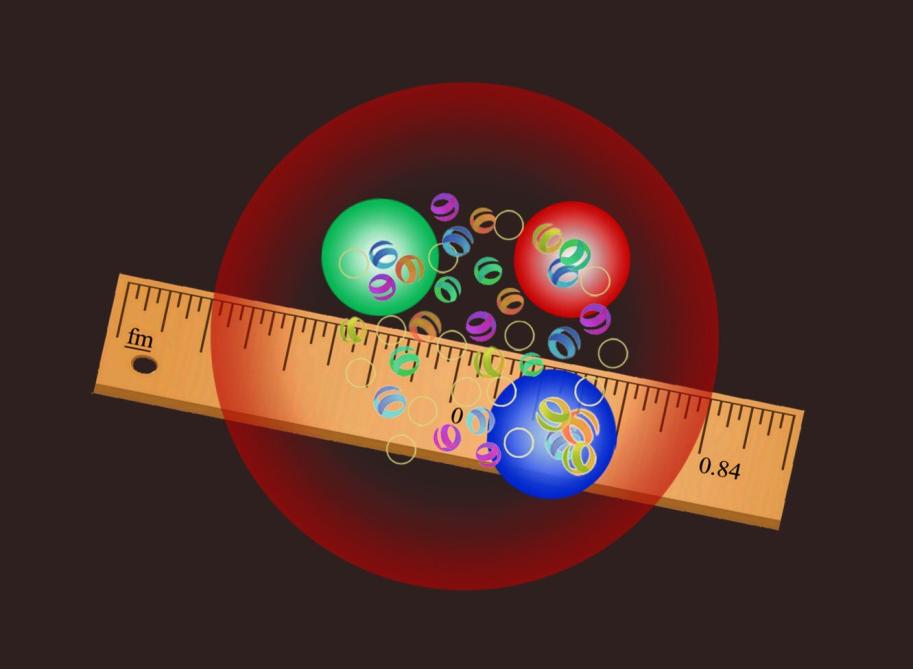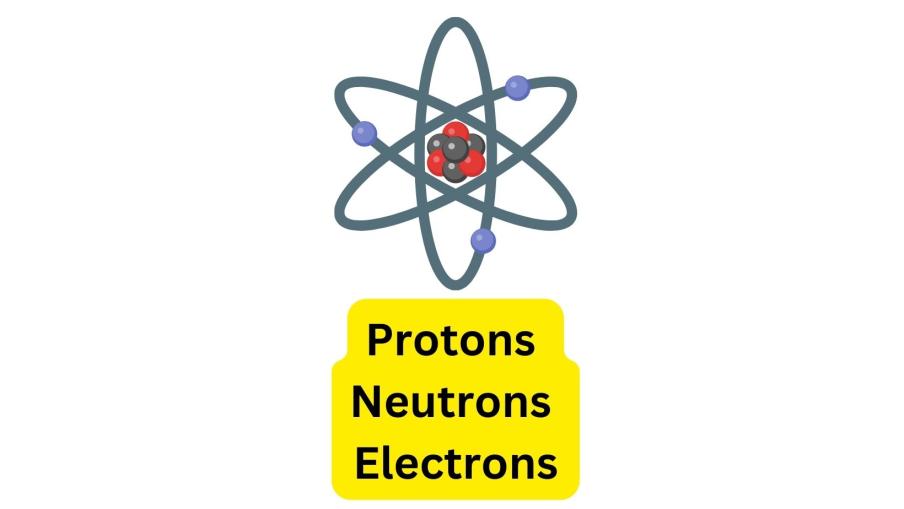Unveiling the Connection: Solar Activity and the Frequency of the Northern Lights
The celestial spectacle of the Northern Lights, also known as Aurora Borealis, has captivated humankind for centuries. These mesmerizing displays of light dancing across the night sky are not only a visual wonder but also a testament to the intricate relationship between our Sun and Earth. In this article, we delve into the connection between solar activity and the frequency of the Northern Lights, exploring the underlying mechanisms and their implications.

I. Solar Activity
1. The Sun's Solar Cycle
The Sun, the center of our solar system, undergoes a regular cycle of activity known as the solar cycle. This cycle typically lasts about 11 years and is characterized by variations in the Sun's magnetic field, sunspot numbers, and other forms of solar activity.
2. Types Of Solar Activity
- Sunspots: Darker, cooler areas on the Sun's surface caused by intense magnetic activity.
- Solar Flares: Sudden and intense bursts of energy from the Sun's atmosphere, often associated with sunspots.
- Coronal Mass Ejections (CMEs): Large eruptions of plasma and magnetic fields from the Sun's corona, capable of traveling through space and interacting with Earth's magnetosphere.
3. Variations In Solar Activity
Solar activity fluctuates over time, with periods of high activity (solar maximum) and low activity (solar minimum). These variations significantly influence the Earth's magnetosphere and the frequency of the Northern Lights.
II. The Northern Lights
1. Creation Of The Northern Lights

The Northern Lights are a natural light display caused by the interaction of charged particles from the Sun, known as the solar wind, with the Earth's atmosphere. When these particles reach Earth's magnetic field, they are guided towards the magnetic poles, where they collide with atoms and molecules in the atmosphere, causing them to emit light.
2. Colors And Shapes Of The Northern Lights
The colors of the Northern Lights vary depending on the type of atmospheric gas excited by the charged particles. Oxygen atoms emit green and red light, while nitrogen atoms emit blue and purple light. The shapes of the Northern Lights can range from curtains and rays to arcs and coronas, influenced by factors such as the solar wind's intensity and the Earth's magnetic field.
3. Visibility Of The Northern Lights

The Northern Lights are primarily visible in the high-latitude regions of both the Northern and Southern Hemispheres, known as the auroral zones. The best time to see the Northern Lights is during the winter months, when the nights are longer and the sky is darker. Factors like weather conditions, light pollution, and the phase of the solar cycle also affect the visibility of the Northern Lights.
III. The Connection Between Solar Activity And The Frequency Of The Northern Lights
1. Increased Solar Activity Leads To More Frequent And Intense Northern Lights Displays
During periods of high solar activity, the Sun emits more charged particles, resulting in a stronger solar wind. When this enhanced solar wind interacts with Earth's magnetosphere, it creates more frequent and intense Northern Lights displays. Solar flares and CMEs can also trigger particularly strong auroral displays known as geomagnetic storms.
2. Examples Of Specific Solar Events And Their Impact On The Northern Lights
- The Carrington Event (1859): A powerful solar storm that caused intense auroral displays visible as far south as the Caribbean.
- The Halloween Storms (2003): A series of solar flares and CMEs that resulted in some of the brightest and most widespread auroral displays in recent history.
3. The Role Of Earth's Magnetic Field
The Earth's magnetic field plays a crucial role in shaping the Northern Lights. It guides the charged particles from the solar wind towards the magnetic poles, where they interact with the atmosphere to produce the auroral displays. The strength and orientation of the magnetic field also influence the location and intensity of the Northern Lights.
The connection between solar activity and the frequency of the Northern Lights is a fascinating and dynamic phenomenon that showcases the interconnectedness of our solar system. By understanding this connection, we gain insights into the Sun's behavior, its impact on Earth's magnetosphere, and the awe-inspiring celestial displays that grace our night skies.
Additional Paragraphs And Bullet Points
History of Observations of the Northern Lights: From ancient times, cultures around the world have recorded observations of the Northern Lights, with written accounts dating back to the 1st century CE. These observations provide valuable insights into the long-term behavior of the Sun and the Northern Lights.
Cultural Significance of the Northern Lights: The Northern Lights hold cultural and spiritual significance in many societies. In some cultures, they are seen as a sign of good luck or a connection to the divine. In others, they are associated with legends and myths, inspiring stories and traditions.
- Factors Affecting Visibility of the Northern Lights:
- Weather conditions (clear skies are ideal)
- Light pollution (urban areas reduce visibility)
- Phase of the solar cycle (auroral activity is strongest during solar maximum)
Potential Impact of Climate Change on the Northern Lights: Climate change may influence the frequency and intensity of the Northern Lights. Changes in Earth's magnetic field and atmospheric composition due to climate change could potentially affect the behavior of the solar wind and the resulting auroral displays.
Frequently Asked Questions and Answers:
- Q: Where can I see the Northern Lights?
- A: The Northern Lights are primarily visible in the auroral zones of both the Northern and Southern Hemispheres.
- Q: When is the best time to see the Northern Lights?
- A: The best time to see the Northern Lights is during the winter months, when the nights are longer and the sky is darker.
- Q: What causes the different colors of the Northern Lights?
- A: The colors of the Northern Lights depend on the type of atmospheric gas excited by the charged particles. Oxygen atoms emit green and red light, while nitrogen atoms emit blue and purple light.
The connection between solar activity and the frequency of the Northern Lights is a captivating and ever-changing phenomenon that continues to inspire awe and curiosity. By delving into this connection, we deepen our understanding of the Sun's influence on Earth and the mesmerizing celestial displays that illuminate our night skies.
YesNo

Leave a Reply